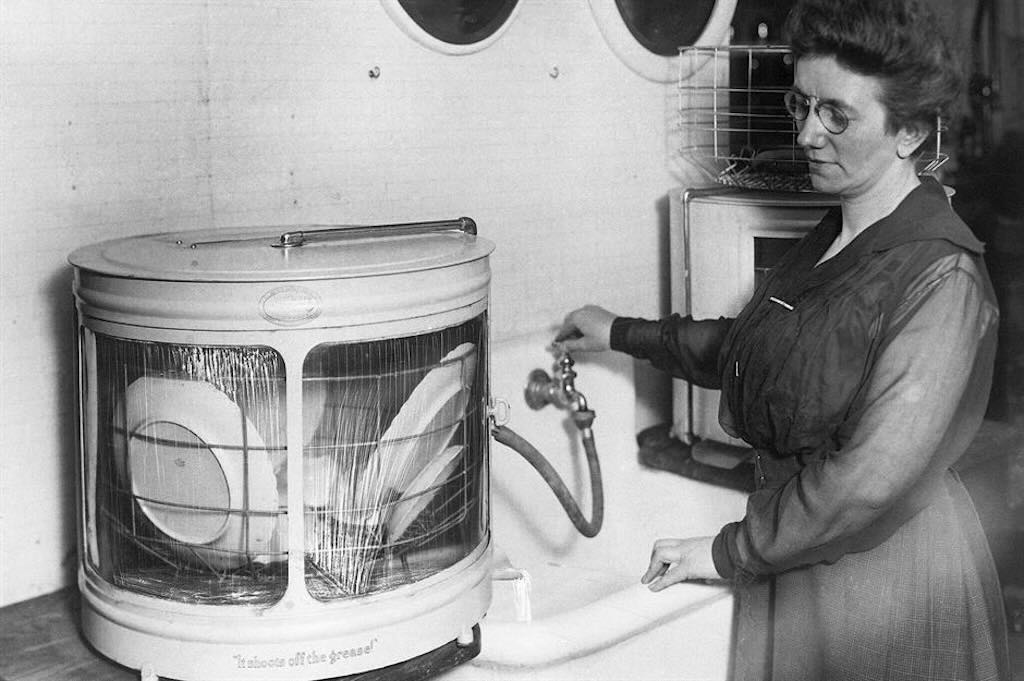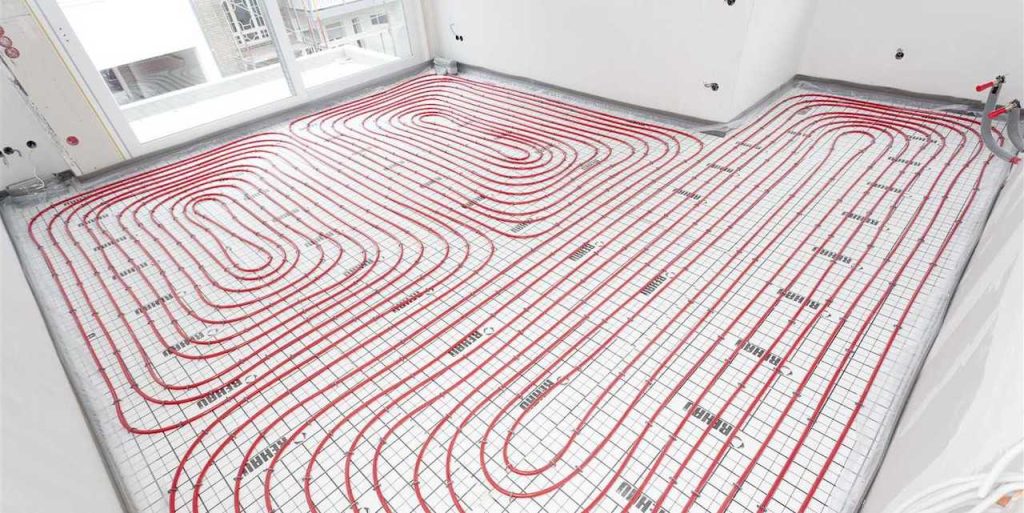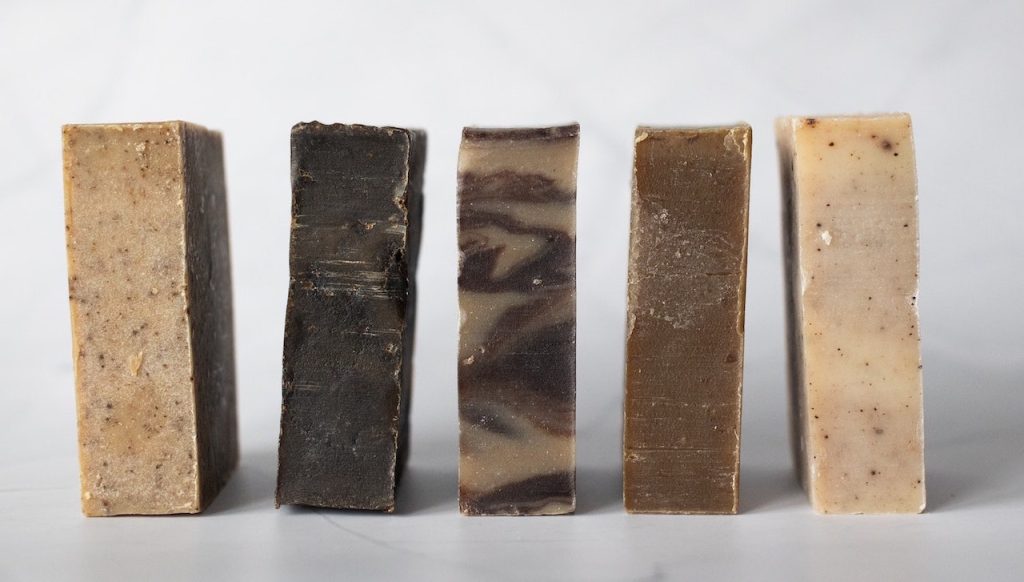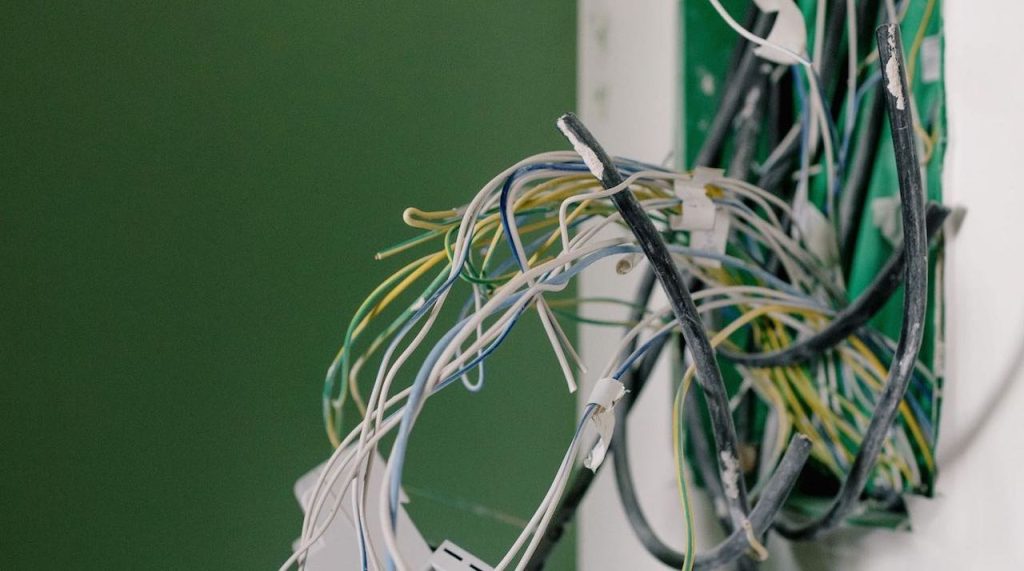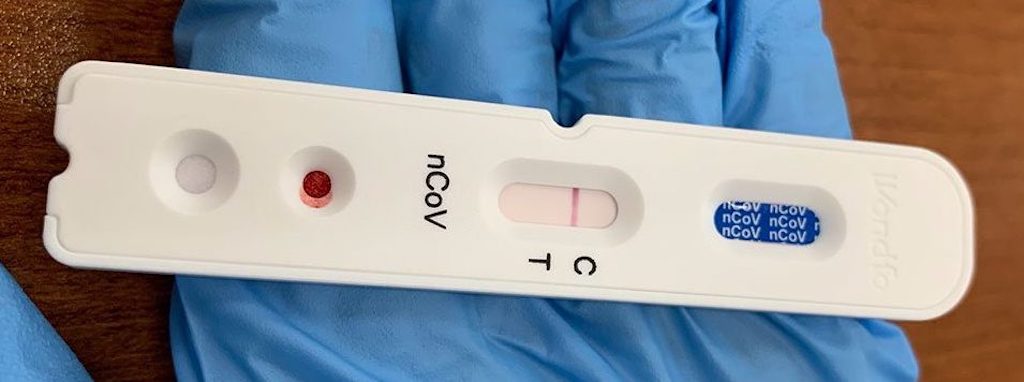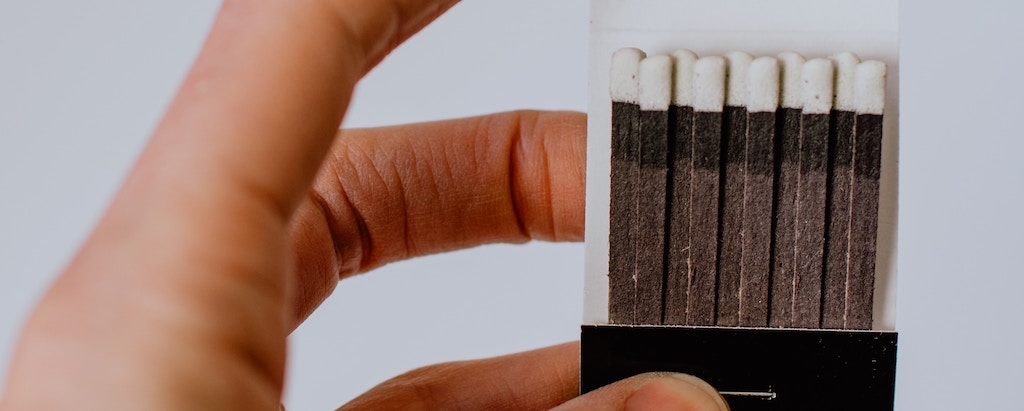The first evidence of dish washing dates back to Ancient Mesopotamia (c. 3000 – 500 BC), where dishes and bowls were primarily made from clay, stone, or metal. We know that cities like Ur and Babylon had complex water systems, including clay pipes and drainage. Archaeological finds include stone basins and drainage channels, especially in palace kitchens and temples, suggest regular cleaning practices. Early saponification (soap-making) only appears around 2800 BC in Babylon, but it was mainly for textiles or medicine, not dishwashing. Washed dishes was probably done using river water or well water, and sand or ash for abrasion.
In Ancient Egypt (ca. 3000–30 BC) plates, jars, and cups were made of ceramic, alabaster, or faience. Natron (a natural salt compound) and fine sand was probably used as scrubbing agents. Tomb paintings do show water pouring scenes and the use of basins, though specific depictions of dishwashing are rare.
In Ancient Rome (ca. 500 BC – 476 AD) cleaning dishes was a necessary domestic task, but it was low-status work typically assigned to slaves or servants. While Roman kitchens (culinae) and tableware were often sophisticated, dishwashing remained a manual, utilitarian activity, with no specialised tools or detergents beyond what nature provided. Dishes were washed in ceramic basins (labra) or stone troughs, often using ashes, sand, or crushed pottery shards as abrasives, whilst soap (sapo) did exist but was used more for laundry or skin than for dishes. Domestic kitchen slaves (servi culinarii) were responsible in the large villas or households, but the average resident would often wash dishes and clothes at public fountains, or on local river banks.
The first known patent for a mechanical dishwashing device was granted in 1850 to Joel Houghton in the United States. His wooden machine was hand-cranked and sprayed water on dishes. It was rudimentary and not commercially successful.
The first practical and successful dishwasher was invented and patented in 1886 by Josephine Cochrane, a wealthy socialite in Shelbyville, Illinois. She wanted a machine to wash dishes faster and without breaking them. The machine used water pressure (rather than scrubbers) and a motor to spray hot, soapy water over dishes in a wire rack within a copper boiler. She founded Cochrane’s Crescent Washing Machine Company, which later became part of KitchenAid (a Whirlpool brand). Initially, her dishwashers were marketed to hotels and restaurants, not homes.
As post-WWII prosperity rose, dishwashers began appearing in affluent households. Electric dishwashers were more compact, featured front-loading designs, and could be integrated into kitchen cabinetry. By the late 1960s mass production reduced costs, making dishwashers more common in middle-class homes in the U.S. and Western Europe.
Today we have “smart” dishwashers with wi-fi connectivity, voice control, mobile app monitoring, etc. Modern machines use soil sensors to detect food particles in the water and adjust cycle time, water temperature, and spray intensity automatically. Many newer machines have sanitising cycles that reach 70°C or more, killing bacteria better than handwashing ever could. And modern machines often run for 2–4 hours at lower decibels and lower pressure, allowing for thorough soaking, loosening, and washing that’s gentler on delicate items but harsher on grime.
My wife and I had our first dishwasher in the late 70s. Through the 50s and 60s there were a number of different types of dishwashers, some circular sink-like top loading, some smaller kitchen top versions, etc. We were given our first dishwasher, which was an old one that did not work any more. It was a kitchen top version, with a glass window in the fold-down door. It was not a camping-style dishwasher, but a full width worktop model with just one rack for dishes. I’ve never been able to find the same model on the Web. The metal plate that closed the pump had broken and the early connecting thermoplastic pipes had become brittle and were leaking. I worked in a laboratory with a large workshop on site, so I was able to make a new plate and get some new pipes. It worked fantastic, and watching the dished getting washed was better than the Italian television programmes at the time.
When we bought our house in 1979, we fitted a new kitchen with a modern dishwasher, and the old one went to England and sat proudly in my parent’s kitchen.
My new dishwasher

Moving into a new apartment (in 2025) I found the kitchen came with fitted appliances, namely fridge-freezer, oven, hob, dishwasher and extractor. So it was just question of learning to use what was already installed.
Bosch SMD8TCX04E
I found in the kitchen a new Bosch Series 8 integrated dishwasher, model SMD8TCX04E. It scored 4.8/5, with 75% of reviewers giving it a 5/5. Street price €349.
One feature of the Series 8 is that it’s possible to set the water hardness in half-degree increments (°dH), instead of the coarser steps on Series 4/5. Setting the wrong water hardness will either waste salt or allow scale to accumulate. The recommendation is that even using “All-in-One” tablets, its still a good idea to add salt.
According to Bosch, the following are their approved detergent solutions:-
- Finish® Powerball® Tabs
- Finish® Quantum® Tabs
- Finish® Jet‑Dry® Rinse Aid (for improving drying performance)
- Finish® Turbo‑Dry® Rinse Aid (especially helpful for plastics).
Series 8 has a Zeolith® mineral drying system, which pulls moisture from the air and releases heat. Its possible that the drying system makes a faint “rustling” noise during drying.
As far as I know System 8 has maintenance alerts for cleaning the filter, topping up salt, and adding rinse aid. But it’s still important to check the filter after the first few washes to catch stray plastic bits from manufacturing. A surprising amount of fluff, plastic film, or sticker debris can show up in the filter after early runs.
Series 8 machines are so quiet that many owners open the door mid-cycle thinking it’s not running.
The first run should be with salt added but no detergent. It should be at the hottest available program with no dishes. This will flush out any dust, lubricants, or manufacturing residue.
What is the difference between Extra Dry and Eco? Eco mode saves energy but takes longer and may leave plastics damp. Extra Dry helps plastics dry but uses more energy.
Common mistakes:-
- Overloading or letting large items block the spray arms.
- Placing plastics on the top rack, away from the heating element.
- Always put knives blade-down in the cutlery basket (to avoid cuts).
- Don’t wait until the salt and rinse liquid are bone dry, topping up early avoids streaky glasses.
- Regularly clean filters and spray arms to maintain performance.
- Check rinse aid settings, e.g. lower if spotted, increase if dry.
Is Owning a Dishwasher a Good Idea?
The modern dishwasher uses ≈ 12 lites of water per cycle, which is less than that used to hand wash an equivalent full load. The EU’s re-scaled energy label and updated ecodesign rules for household dishwashers are projected to save ~10 TWh electricity and ~421 million cubic-metres water per year by 2030 (vs. baseline), after it was estimated that already in 2020 dishwasher usage saved 7.3 TWh and 295 million cubic-metres of water. So a properly used dishwasher can be a net win for both water and energy versus typical hand-washing habits, especially when using the eco program.
Most emissions derive from electricity used for heating water. As grids decarbonise and as policies push efficiency, the per-wash carbon footprint will keep dropping.
Public-health guidance supports using a dishwasher’s hot-water plus heated-dry/sanitise cycles for infant feeding items, since these cycles “help kill more germs”.
Studies in food safety likewise show machine washing generally reduces microbial load more consistently than hand-washing.
Dishwashers are part of “large equipment” waste, where Europe recycles ≈ 40–45% of machines. Today the average service lifetime has been estimated around ~12.5 years, and the aim is to extend the useful lifetime of dishwashers, as well as increase their repairability.
Detergent chemistry has been cleaned up significantly in major markets, reducing nutrient-pollution impacts from widespread dishwasher use.
Time savings (tens of minutes per load) plus better hygiene are material quality-of-life gains, but frequent pre-rinsing and washing half-loads erodes those efficiency gains.
